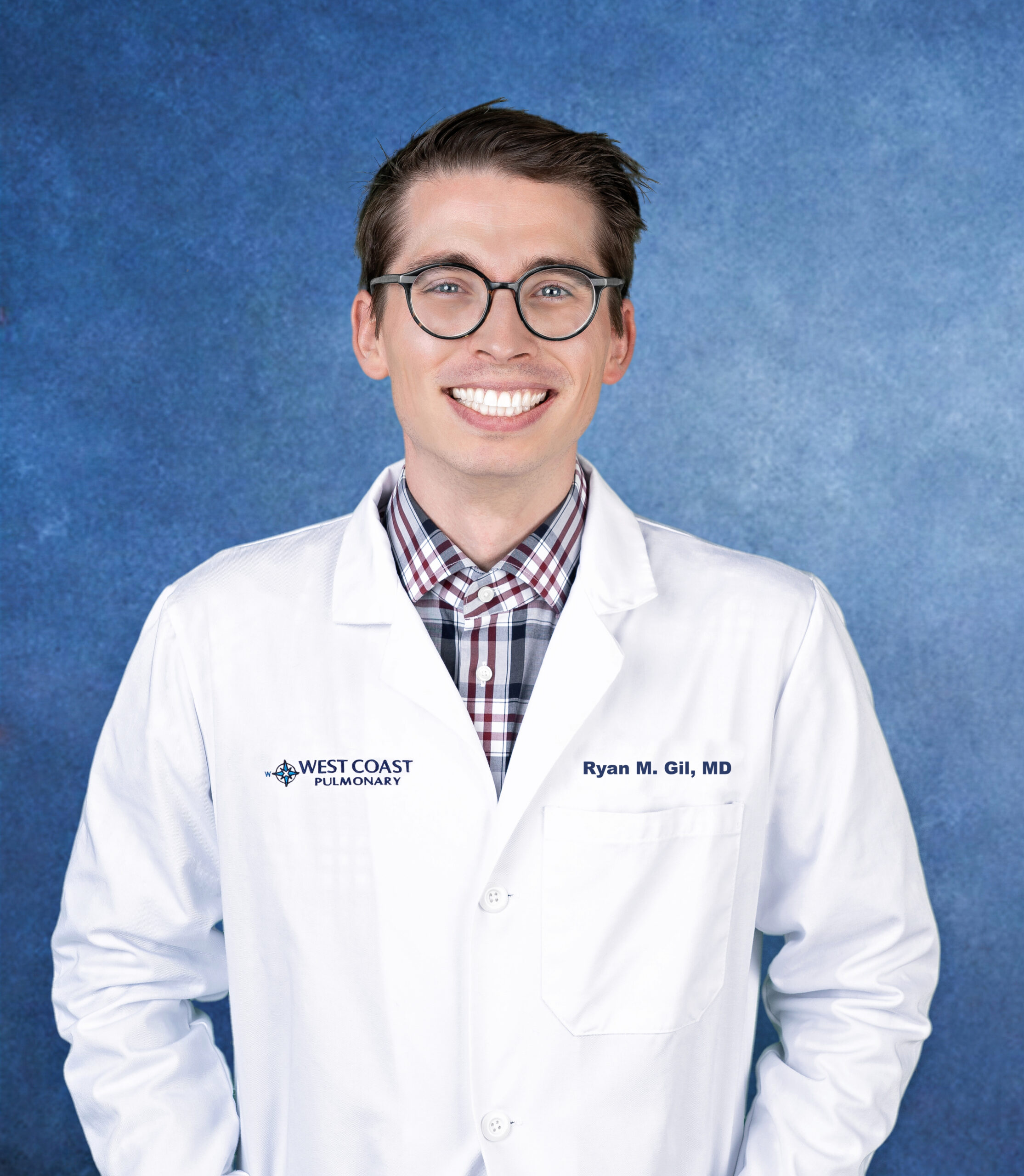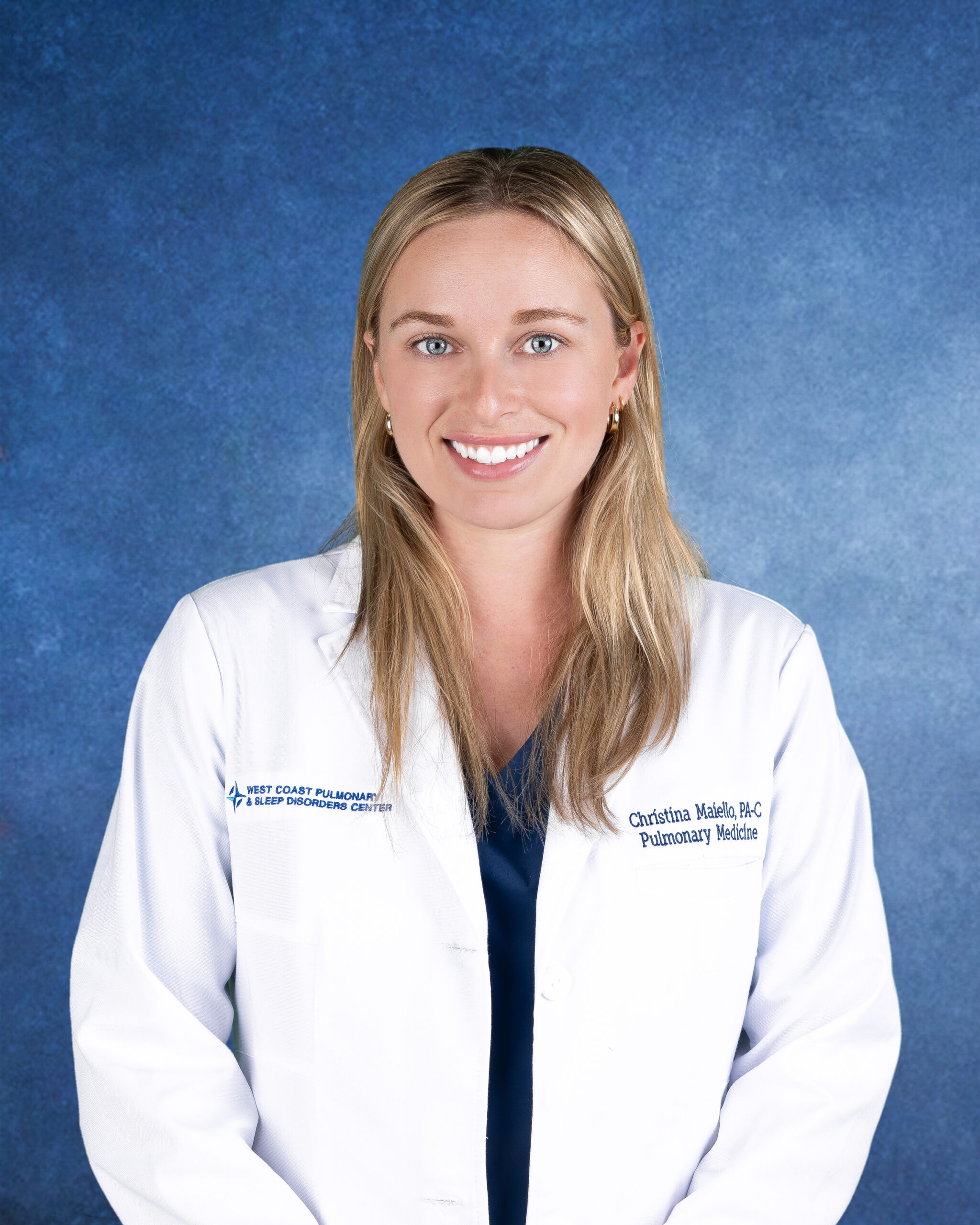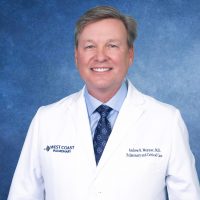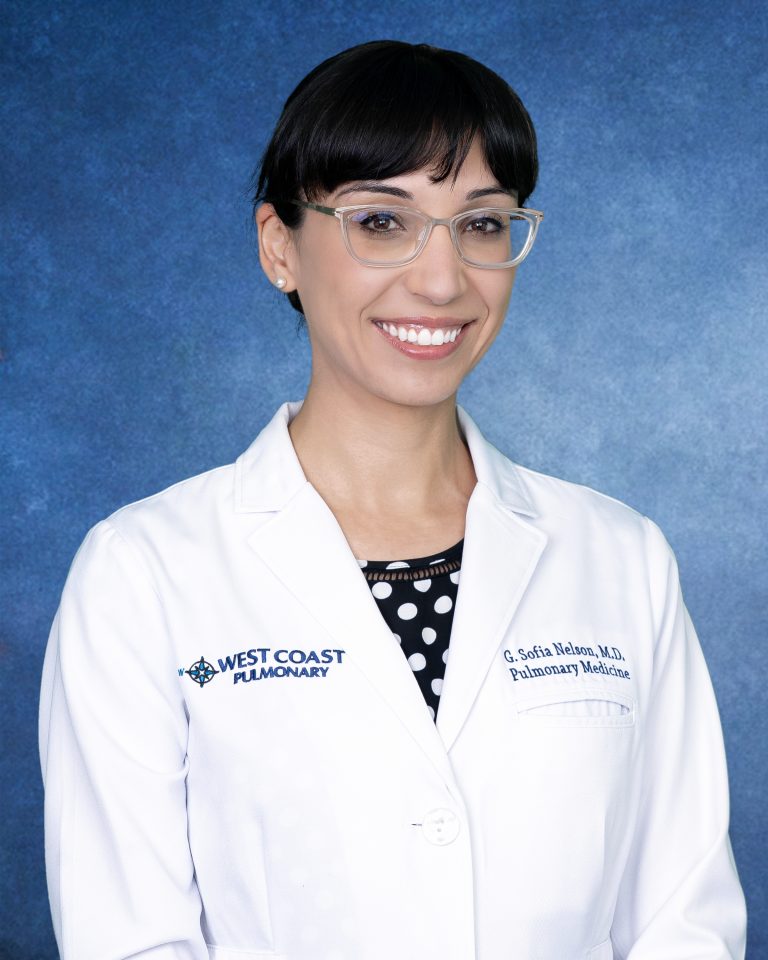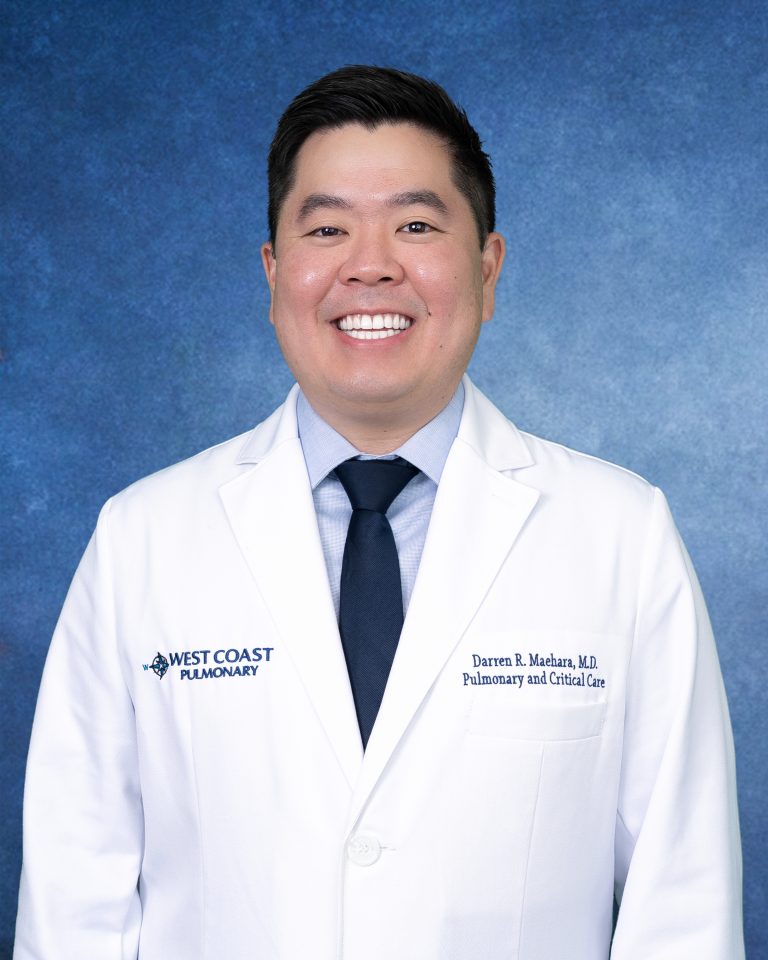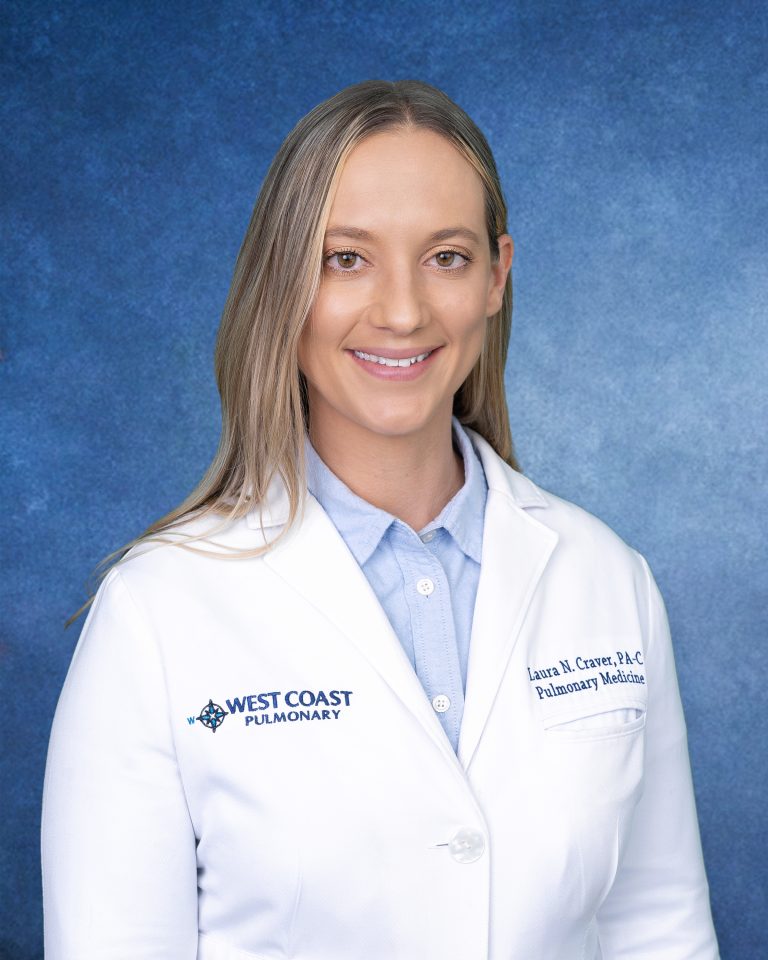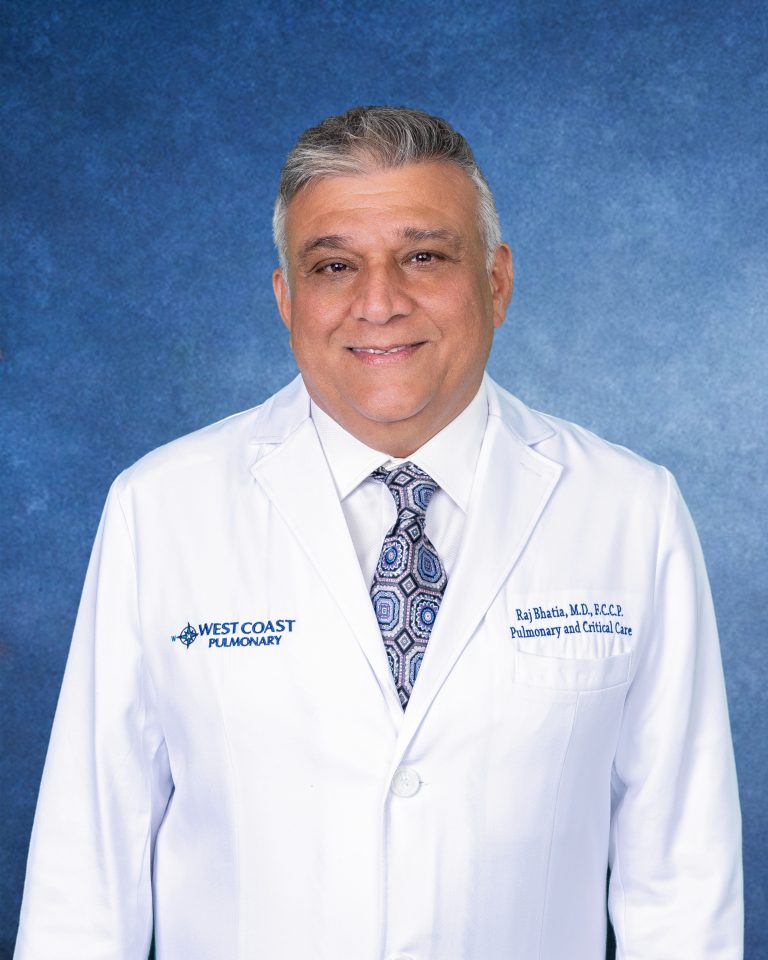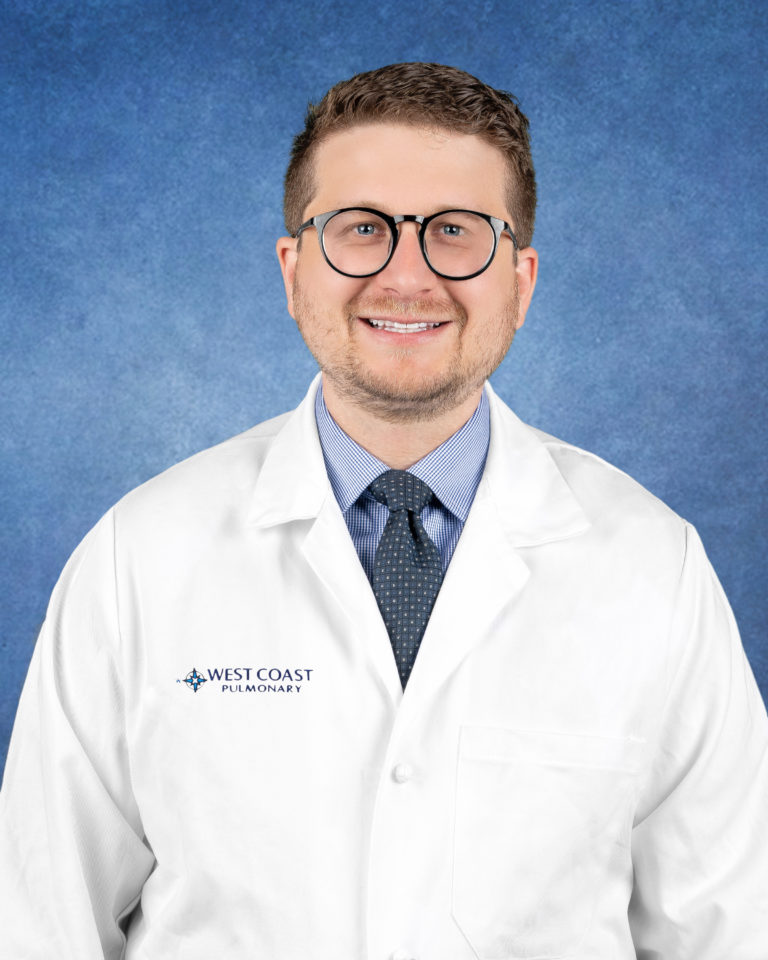If you’d like to speak with one of the pulmonary specialists at our clinic, contact West Coast Pulmonary & Sleep Disorders Center today. We have offices in Oxnard and Camarillo, and we’d be happy to set up an appointment at whichever location is most convenient for you. Both offices are open on weekdays from 9 a.m. until 5 p.m., and if you require prompt attention for a pulmonary condition, you’ll be glad to know that we have same- and next-day availability. And for patients outside our area or those who find it difficult to attend an in-person appointment, we’re pleased to offer state-of-the-art telemedicine services.
-
Oxnard Office
-
(805) 485-2400(805) 485-2400
-
Camarillo Office
-
(805) 702-2511(805) 702-2511
-
Hablamos Español


